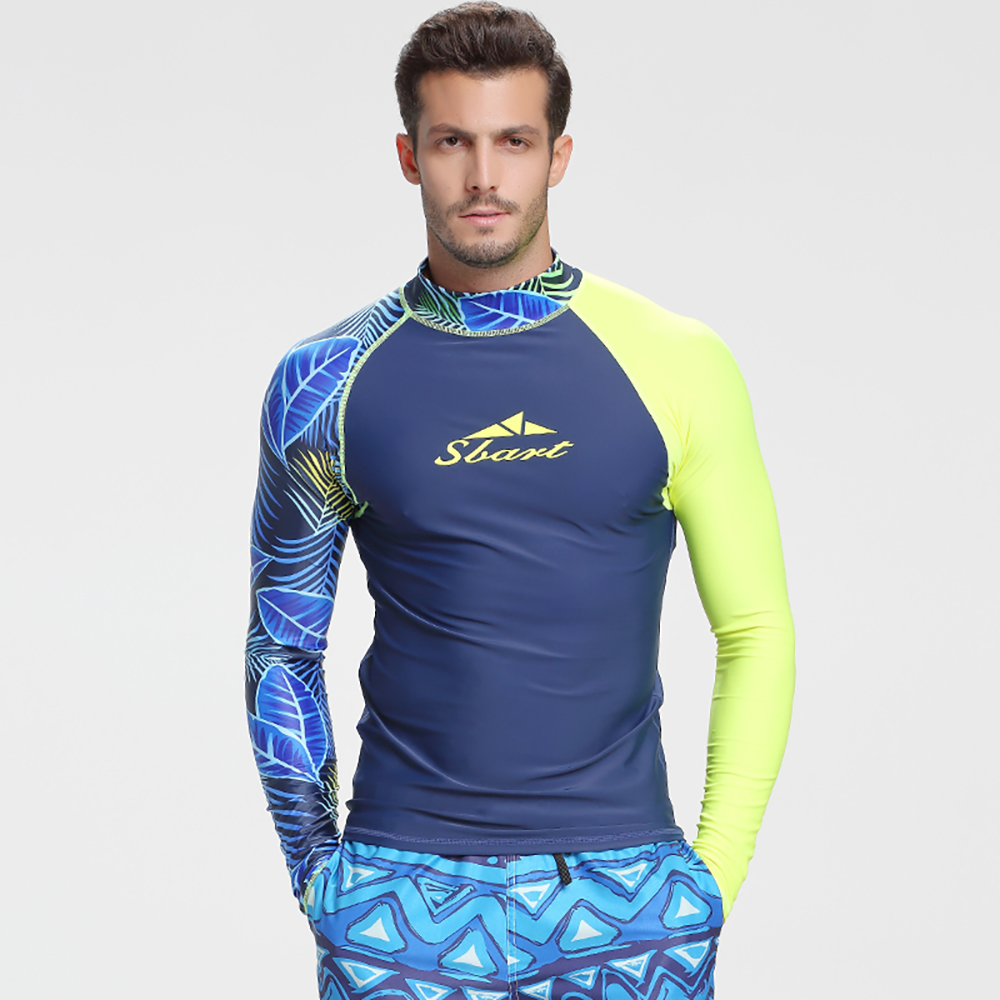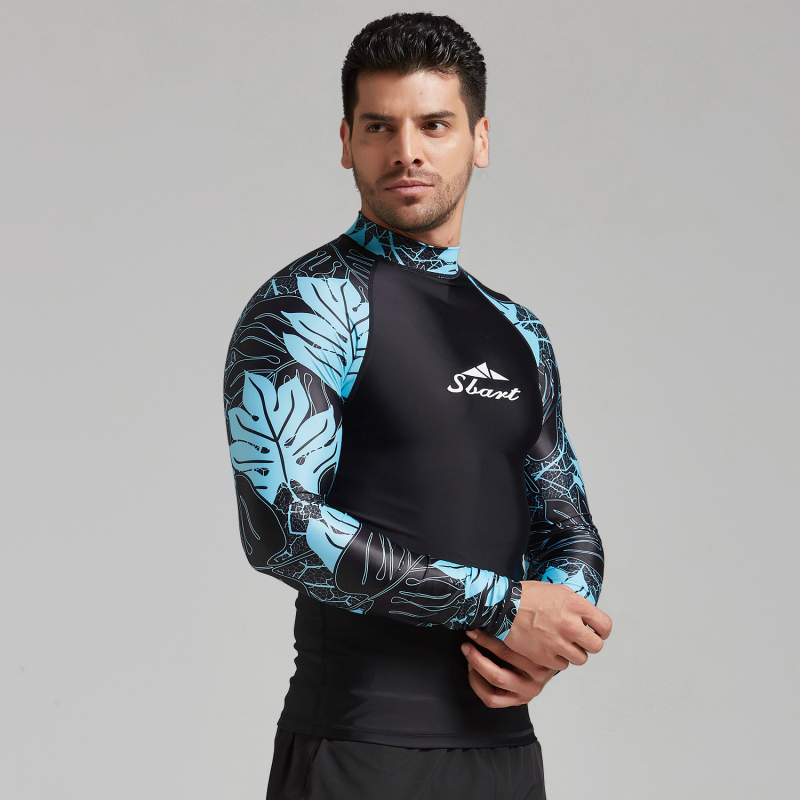Top Trends in Men’s Swimwear for 2025: A B2B Guide for Wholesale Suppliers
As we approach 2025, the men’s swimwear market is seeing an exciting shift towards more sustainable, functional, and fashion-forward designs. For wholesale suppliers, keeping up with these changes is essential to staying competitive and meeting the diverse needs of retailers and customers.
This blog will explore the top trends in men’s swimwear for 2025, highlighting innovations in fabric, design, and functionality. By understanding these trends, suppliers can cater to growing consumer preferences and offer the right products for a successful year ahead.
1. Sustainable Swimwear: Eco-Friendly Materials Take the Lead
The demand for eco-friendly and sustainable products continues to grow across industries, and men’s swimwear is no exception. In 2025, more brands are focusing on using sustainable materials to create swim trunks, board shorts, and swim briefs.
- Recycled Fabrics: Materials like recycled polyester (RPET) and nylon from ocean plastics are becoming more popular. These materials not only reduce environmental impact but also offer durability and water resistance, making them ideal for swimwear.
- Natural Fabrics: Fabrics such as organic cotton and hemp are also gaining traction in swimwear designs. These materials are biodegradable and environmentally friendly, appealing to eco-conscious consumers.
- Water-Based Dyes: Manufacturers are increasingly using non-toxic, water-based dyes to produce swimwear that is both vibrant and safe for the environment.
Recommendation for Suppliers:
Incorporating eco-friendly swimwear options into your inventory can help you cater to the growing demand for sustainable fashion. Partnering with manufacturers who prioritize sustainability will give your business a competitive edge in 2025.
2. Tech-Infused Swimwear: Performance Meets Innovation
Men’s swimwear is evolving with technology, blending performance with style. As athletes and recreational swimmers seek swimwear that enhances their experience, tech-infused fabrics are becoming a key trend.
- UV Protection: Swimwear with built-in UV protection is increasingly popular, especially for those spending long hours in the sun. Fabrics treated with UPF (Ultraviolet Protection Factor) coatings can offer protection against harmful rays while keeping the wearer comfortable.
- Quick-Dry and Anti-Odor Technologies: With innovations in fabric technology, swimwear that dries quickly and resists odor has become a must-have. Hydrophobic coatings and antimicrobial treatments help keep swimwear fresh and ready to wear.
- Compression Swimwear: Compression fabrics that provide muscle support during water sports are gaining popularity. These suits help improve circulation and reduce muscle fatigue, making them ideal for professional swimmers and fitness enthusiasts.
Recommendation for Suppliers:
Adding performance-driven swimwear with UV protection, quick-dry capabilities, and compression features to your product range will appeal to active consumers. Marketing these features to businesses that target athletes and fitness-oriented customers will help boost sales.
3. Retro and Vintage Styles: A Revival of Classic Designs
Fashion in swimwear tends to be cyclical, and in 2025, retro and vintage styles are making a strong comeback. Consumers are embracing designs inspired by the ‘80s and ‘90s, as well as more classic looks from earlier decades.
- High-Waisted Shorts: High-waisted swim trunks are making a strong return, offering a vintage aesthetic that appeals to those looking for a classic, nostalgic style.
- Bold Prints and Patterns: Swimwear featuring bold prints, such as tropical florals, stripes, and geometric designs, are regaining popularity. These patterns are perfect for consumers who want to stand out on the beach or at the pool.
- Color Palettes: Bright, neon colors are making waves, along with earth tones and pastel shades for a more laid-back vibe.
Recommendation for Suppliers:
By offering a mix of retro and modern designs, suppliers can cater to a wide range of customer preferences. Highlighting vintage-inspired swimwear in your B2B catalog can attract brands looking to tap into the nostalgia-driven market of 2025.
4. Athleisure Swimwear: From Beach to Street
The line between swimwear and activewear continues to blur, as athleisure swimwear becomes more popular. This trend is driven by the need for versatility—consumers want swimwear they can wear both at the beach and while running errands or hanging out.
- Swim Shorts with Built-In Compression: These multi-functional shorts offer comfort both in the water and out. They feature quick-drying fabrics and added compression for muscle support.
- Sporty Cuts and Functional Pockets: Swim trunks with a more athletic cut, paired with functional pockets, are gaining popularity for their practicality and style. This trend is perfect for the man on the go, who wants swimwear that looks great both in and out of the water.
- Hybrid Designs: Hybrid swimwear, such as board shorts that double as casual wear, are ideal for those who want to go from the beach to the bar or poolside to the gym without changing clothes.
Recommendation for Suppliers:
For 2025, it’s important to stock swimwear that blends style and function. Athleisure-focused swimwear that works in multiple environments will appeal to customers seeking versatility.
5. Customizable Swimwear: Personalization as a Selling Point
Personalization is a growing trend across all fashion categories, and swimwear is no exception. In 2025, consumers are increasingly looking for swimwear that can be tailored to their preferences, whether it’s through color, fit, or unique designs.
- Custom Prints and Designs: Offering customizable swimwear options, such as allowing customers to choose patterns, logos, or names, can attract more business clients who are looking to provide personalized products for their consumers.
- Made-to-Order Swimwear: Some suppliers are moving toward made-to-order or small-batch swimwear, ensuring that each item fits the customer’s exact specifications in terms of size and style.
Recommendation for Suppliers:
Offering customization options for swimwear can help businesses differentiate themselves in a competitive market. Whether it’s through offering a range of colors, patterns, or personalized branding, customization adds significant value for your customers.
Conclusion
As we look ahead to 2025, the men’s swimwear market is poised for innovation, sustainability, and versatility. From sustainable materials to tech-infused fabrics and retro designs, suppliers must adapt to these trends to meet the evolving demands of retailers and end customers.
By staying ahead of these trends and offering products that align with consumers’ growing preferences, B2B suppliers can increase market share and position themselves as leaders in the men’s swimwear industry for 2025.
Related_News
-

How to Choose Durable Rash Guards for Your Fitness Brand: Ultimate Guide
-

Elevate Your Business with Customizable and High-Quality B2B Yoga Wear
-

Top 10 Rash Guards for Men, Women, and Kids in 2025: Featuring SBART’s Best Options for Water Sports
-

What to Wear to a Yoga Class: A Guide to Comfy and Functional Yoga Clothes Featuring SBART
-

Elevate Your Business with Customizable and High-Quality B2B Yoga Wear by SBART
SUBSCRIBE
INQUIRY





_y8CdRpHR.png)